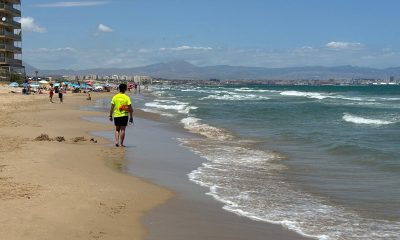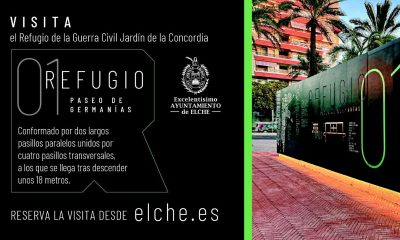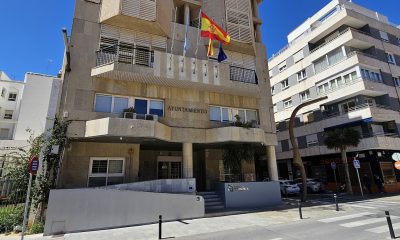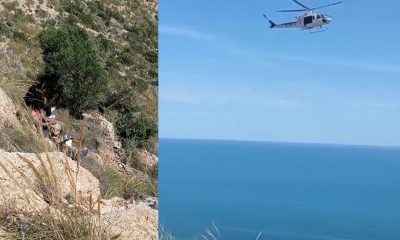Costa Blanca
Santa Pola eliminates the presence of illegal camping
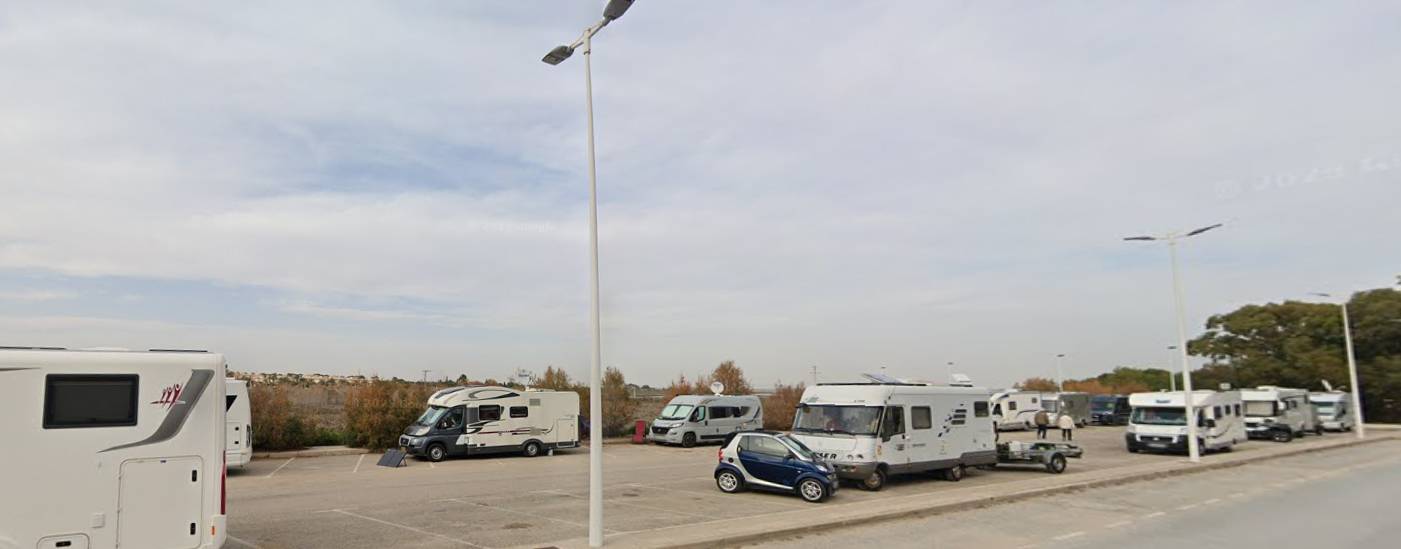
According to Ana Blasco, the Councillor for Citizen Security, the growing number of caravans in Cabo de Santa Pola was always a worry for the governing team because it caused problems without being possible to do anything about it.
Blasco said that they are already starting to see the results of the work that the Local Police and the Traffic Subsector of the Civil Guard of Alicante have been doing together since October, when they agreed to a new set of rules. This deal, which was approved by the whole City Council, spells out what each security group is responsible for in different parts of the municipality, like the port roads, the Camino del Cabo, and the Camino del Faro.
With the new protocol, the Local Police are now in charge of all key areas. This means that they can work more effectively in the most sensitive areas. One of the first steps that was taken was to put up signs at the two main entrances to the Cabo path, at the Cadena and at the Virgen del Rosario chapel, making it clear that cars wider than 2.20 meters are not allowed. This directly affects motorhomes. Blasco also said that the local police patrols are running a campaign to make caravan users more aware of the fact that they are not allowed to use the road and to remind them how important it is to follow the rules in a natural area that is protected.
Meanwhile, José Miguel Zaragoza, the Chief Commissioner of the Local Police, said that these steps have led to a “zero presence of caravans” in the Cape area, though cars still drive in sometimes because they don’t see the signs. When this happens, the patrols act right away to let people know that it’s not allowed. Zaragoza has also said that protecting the environment is very important because of the chance of fires and harm to the protected plants and animals in the area. To sum up, the Local Police of Santa Pola and the Local Police of Elche will work together to protect the whole coastline below the cape.
Discover more from Costa Blanca Daily
Subscribe to get the latest posts sent to your email.
Costa Blanca
The lifeguard service on the beaches of Elche will start on Saturday April 12th
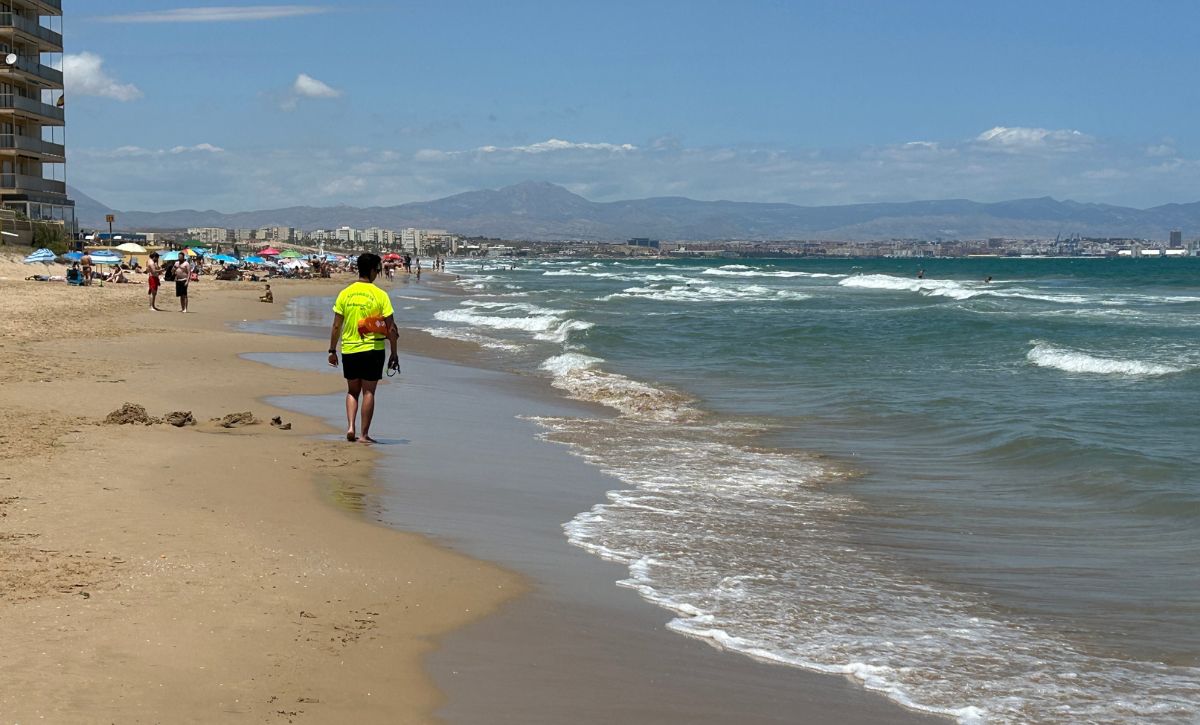
The Department of Tourism has declared the schedule for the lifeguard service on the beaches of Elche during Holy Week in order to guarantee the safety of beachgoers.
Irene Ruiz, the councillor for the area, has announced that the service will be inaugurated on the eve of Palm Sunday, April 12th, Saturday. The service will consist of four first-aid stations located on the beaches of El Altet, Arenales del Sol Centro, Carabassí, and La Marina.
A general coordinator, two boat skippers, ten lifeguards, and four emergency medical technicians will be among the 17 professionals who will be on duty. The deployment of two rescue vessels will occur in two distinct regions: El Altet-Los Arenales del Sol-El Carabassí and El Pinet-La Marina-Les Pesqueres/Rebollo. Furthermore, the first-aid facilities in Arenales del Sol Centro and La Marina will have access to two ambulances.
The special Easter service will be extended until April 21st, the first Monday of Easter, and will be conducted from 11:00 a.m. to 5:00 p.m. The lifeguard service will maintain its current schedule for the following weekends: April 26th, 27th, and 28th; May 1st, 2nd, 3rd, and 4th; and May 17th, 18th, 24th, 25th, and 31st).
Arenales del Sol Sur, Carabassí, El Pinet, La Marina, and El Rebollo will be included in the expansion of first-aid stations, which will now number seven. Additionally, the personnel will increase to 31st in June. In addition, the hours will be extended from 10:00 a.m. to 7:00 p.m. in June and until 8:00 p.m. in July and August. The service will be available on weekends until October 12th in September and October.
Furthermore, the tourist information offices at La Marina and the Arenales del Sol Social Centre will be accessible from 10:00 a.m. to 4:00 p.m. from Friday, April 11th to Monday, April 21st, from 10:00 a.m. to 3:00 p.m. on Sundays, and from 10:00 a.m. to 2:00 p.m. on public holidays.
Discover more from Costa Blanca Daily
Subscribe to get the latest posts sent to your email.
Costa Blanca
Elche air raid shelter opens to the public on Friday April 11th
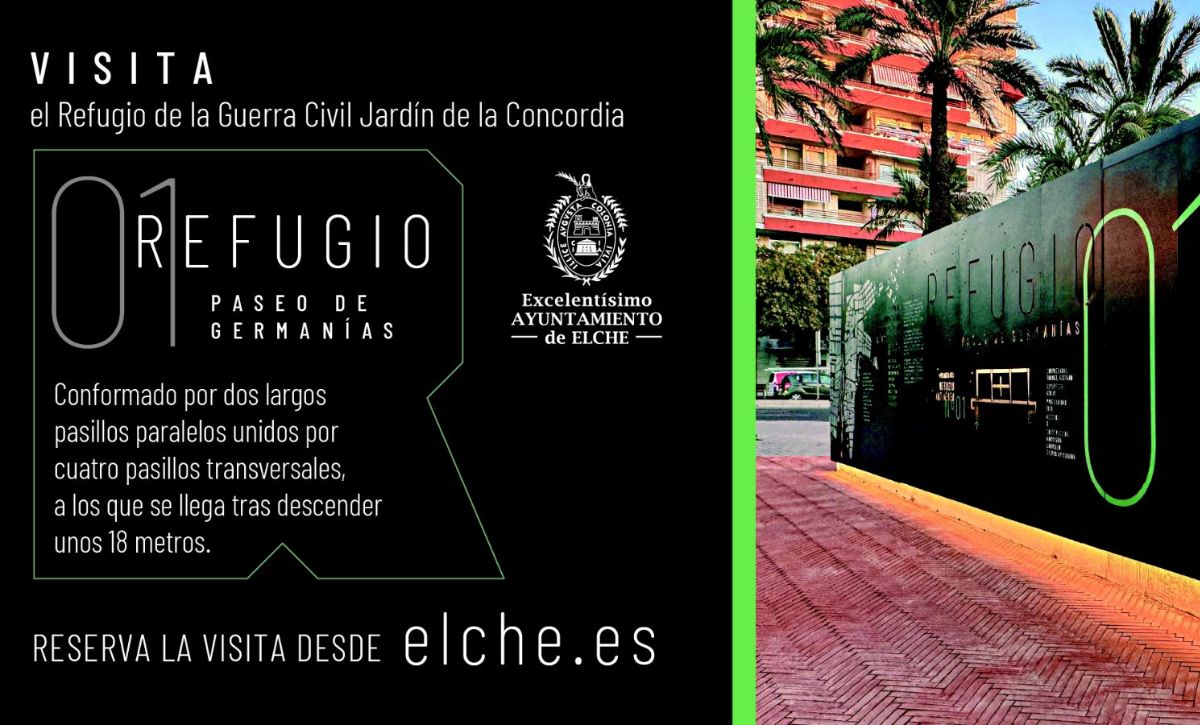
The inaugural shelter constructed during the Spanish Civil War has been accessible to the public, as announced by the Department of Culture and Tourism. Last December, this entirely renovated facility was inaugurated at the Jardín de la Concordia on Paseo de Germanías.
Irene Ruiz, the councillor for the area, has announced that as from yesterday, Monday, April 7th, appointments can be made. However, visits will not commence until Friday, April 11, as they must be requested at least 72 hours in advance via the City Council website (https://www.elche.es/refugio-no1-del-paseo-de-germanias/). The activity must be authorised as extracurricular by the corresponding School Council in the case of school groups.
Visits must be scheduled on the specified days and times, Monday through Friday, from 10:00 a.m. to 1:30 p.m. The minimum group size is 15 individuals, and the maximum group size is 21, and admission is free. The tour is suitable for all ages, lasts approximately 45 minutes, and is 117 metres in length.
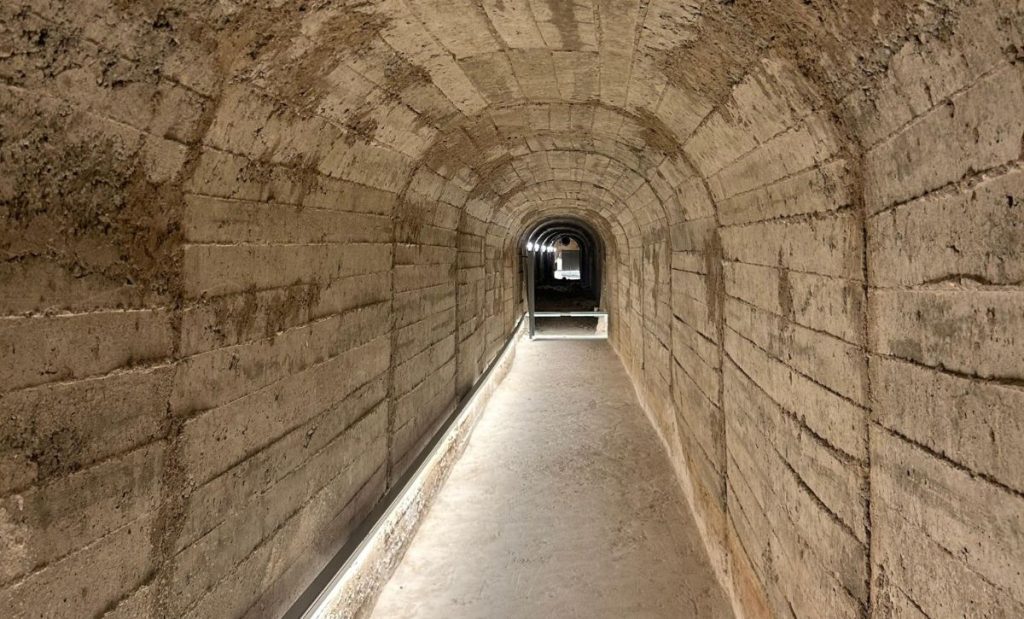
Shelter No. 1 on Paseo de Germanías is only one of thirteen shelters constructed in the city during the Spanish Civil War. The construction was designed to safeguard the civilian population from prospective air attacks; however, this function was never realised, as the city of Elche was never bombed.
Its architecture, which consisted of lengthy, parallel corridors, was originally designed with three entrances; however, only two were ever completed. These entrances have been restored and are now accessible to the public for excursions.
The air-raid shelter located on Paseo de Germanías is the most architecturally intricate of all the urban shelters. It is comprised of two long parallel corridors that are connected by four transverse passageways and can be accessed by descending 18 metres. The compacted earth floor and masonry walls that were its original features were replaced with concrete in the 1950s.
Information panels, photographs, signage, and lighting are present throughout the tour of the facility, which is now a museum.
Irene Ruiz reminded visitors that the sanctuary is not accessible to individuals with reduced mobility due to the absence of an elevator. Instead, there are two 87-step staircases. Additionally, there are no facilities, prams must be folded down during the visit, pets are prohibited, and the shelter’s or tour guide’s instructions must be adhered to at all times.
Discover more from Costa Blanca Daily
Subscribe to get the latest posts sent to your email.
Costa Blanca
Beware if you receive an orange envelope in your postbox
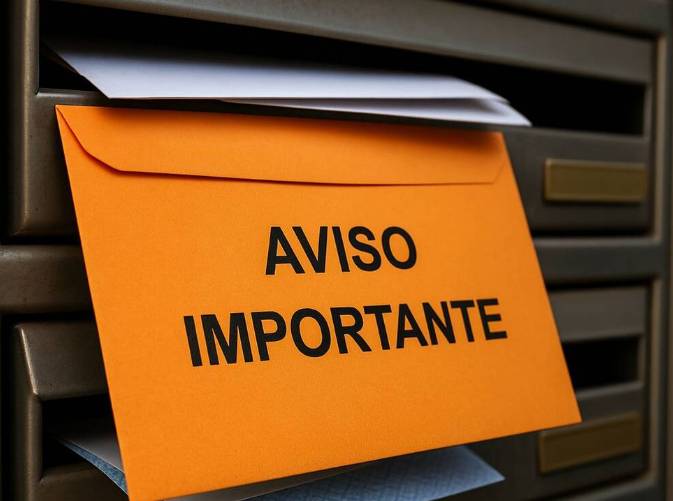
With the advent of digitalisation, home fraud has not eradicated. Despite the fact that online schemes generate headlines and arouse apprehension, certain criminals persist in employing conventional methods to defraud citizens, occasionally integrating these traditional methods with more contemporary ones. In this regard, there has been recent discussion regarding a form of fraud that entails an everyday object, such as a plain orange envelope. This scam entails the insertion of letters that are visually appealing into the receptacles of individuals.
The envelopes either lack a return address or appear to be from official agencies, banks, or well-known corporations. The victims’ attention is captured through the use of phrases such as “urgent notice” or “last chance” and bright colours. The objective remains consistent: to elicit an immediate and emotional response.
An envelope may contain a letter containing instructions that, if followed, could compromise confidential information or access to bank accounts. In certain instances, a phone number that refers to premium-rate services or links to fraudulent websites via QR codes are included. In this type of fraud, psychological pressure is a critical factor: the language employed is designed to instill fear or urgency, particularly in elderly individuals.
How to identify and respond to a suspicious letter
The messages frequently include legal or administrative terms, such as “embargo,” “fine,” or “cancellation of services,” which are designed to duplicate official notifications. Under no circumstances should the instructions in the letter be implemented. The primary suggestion is to refrain from making calls to the number provided, refrain from scanning any QR codes, and consistently confirm the authenticity of the message with the purported sender through official channels.
If the fraud is verified, the most effective course of action is to destroy the letter and, if uncertain, notify the authorities. The most effective defence against this type of scam is prevention, as it exploits the normal appearance of traditional correspondence to infiltrate residences without eliciting immediate suspicion.
Discover more from Costa Blanca Daily
Subscribe to get the latest posts sent to your email.
-

 Costa Blanca5 days ago
Costa Blanca5 days agoBefore Easter, the new road through La Hoya should open
-

 News2 weeks ago
News2 weeks agoWhat is included in the emergency pack that Europe announced?
-

 Costa Blanca2 weeks ago
Costa Blanca2 weeks agoVega Baja students taking part in the Duke of Edinburgh awards
-

 News2 weeks ago
News2 weeks agoMan arrested by National Police for scamming over 200,000 euros
-

 Costa Blanca2 weeks ago
Costa Blanca2 weeks agoUrgent meeting requested by Alicante firefighters to settle labour dispute
-

 Costa Blanca2 weeks ago
Costa Blanca2 weeks agoVets protest about the animal drug control regulations
-

 Costa Blanca2 weeks ago
Costa Blanca2 weeks agoPortugal has arrested the wanted man who killed John George near Rojales
-
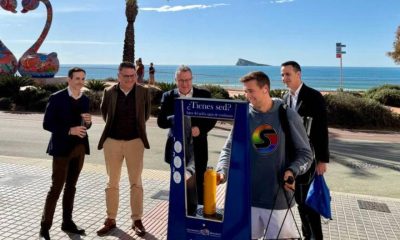
 Costa Blanca2 weeks ago
Costa Blanca2 weeks agoCold water to fight the heat on Benidorm’s streets

